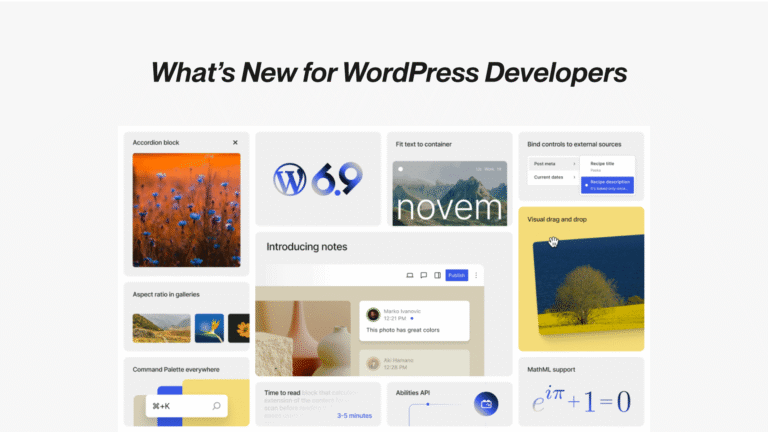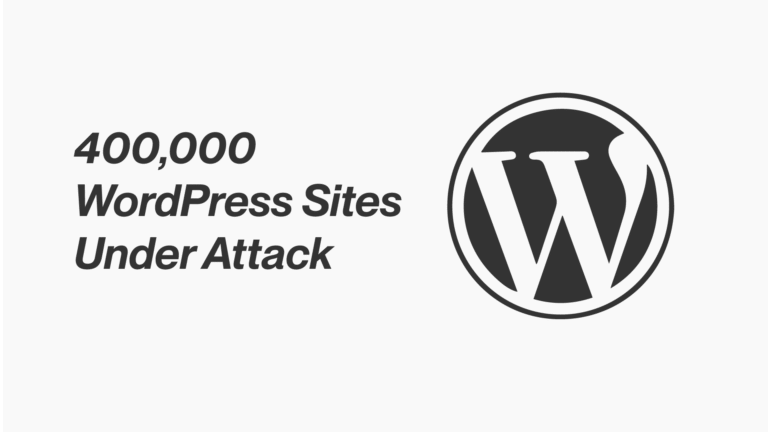A Platform for
Modern
WordPress Developers
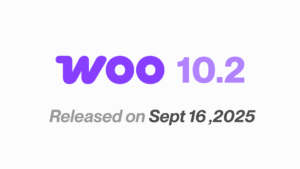
WooCommerce 10.2 Released on Sept 16 .Big Wins for WordPress Devs!
WooCommerce 10.2 brings a faster Cart block, a new Product Collection carousel, enhanced taxonomy filters, Template Registration API support, improved analytics, and mobile-friendly onboarding
WooCommerce 10.2 officially dropped on September 16, 2025, following a feature freeze on August 25. If you’re not deep into dev terms “feature freeze” just means all the shiny new features were locked in by then, and the team shifted gears toward testing and bug fixing. No new development, just polish and prep.
⚠️ Important September 18, 2025 Update
If you experienced compatibility problems with AMP plugins, fear not, you’re not the only one. The issue was tracked down to an update of Emogrifier v8, a library WooCommerce depends upon for styling HTML email. The crew acted swiftly by rolling back to Emogrifier v7, which already hit trunk. Stable fix will be in WooCommerce 10.2.1, and meanwhile the official stable tag is still at 10.1.2.
What does that mean to you:
If you’re using AMP and WooCommerce 10.2, be on the lookout for WooCommerce 10.2.1 or patch manually if you’re a developer. Further updates will be posted on the WooCommerce Developer Blog
.
Quick snapshot for developers about WooCommerce 10.2
- Release phase: Feature freeze began August 25
- Release date: September 16, 2025
Main themes: Faster Cart block, Product Collection carousel, new taxonomy filter blocks, Template - Registration API adoption, improved analytics, and mobile optimized onboarding.
- Risk area: Cart Cross Sells block is soft deprecated and replaced by the Product Collection Cross Sells collection
What’s new in WooCommerce 10.2 and why it matters

1.Product Collection Carousel in WooComerce 10.2
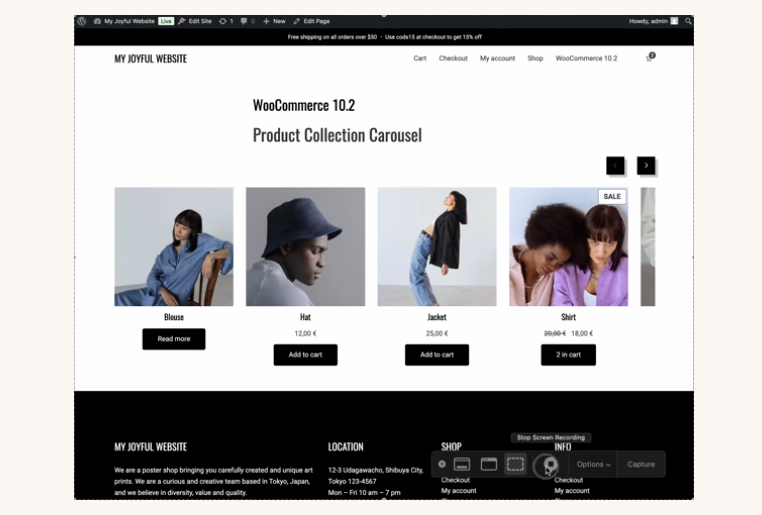
The Product Collection block gains a carousel layout so stores can present products in an interactive scrollable row. This is ideal for featured collections and seasonal showcases. For developers this means new block settings to support carousel options and a fresh place to add custom styles or behaviors for autoplay responsiveness and accessibility.
Why it matters
Clients will expect smooth, touch friendly carousels on both desktop and mobile. Plan to test carousel settings with your theme styles and ensure keyboard and screen reader access remain intact.
2.Faster Cart block with progressive loading
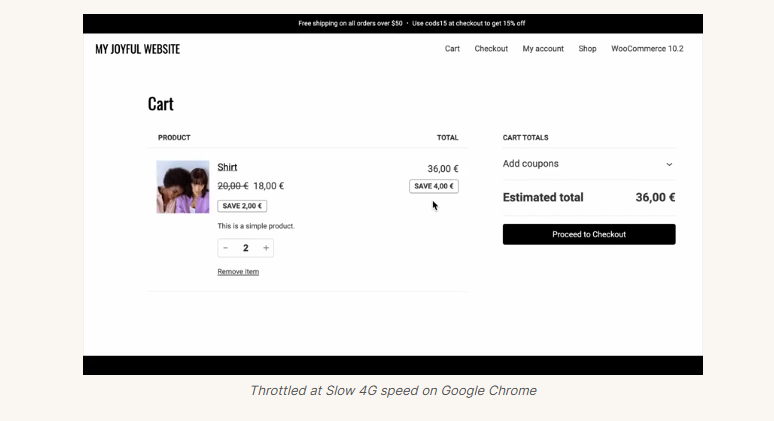
The Cart block now renders instantly with skeleton placeholders while live data loads in the background. Partial loading keeps the interface responsive when shoppers apply coupons select shipping or switch payment methods.
Why it matters
This improves perceived performance and reduces flicker during checkout flows. Developers integrating custom cart behavior should check that scripts and API calls work when partial data is present and ensure real time updates remain consistent.
3.Product Collection Cross Sells replaces Cart Cross Sells
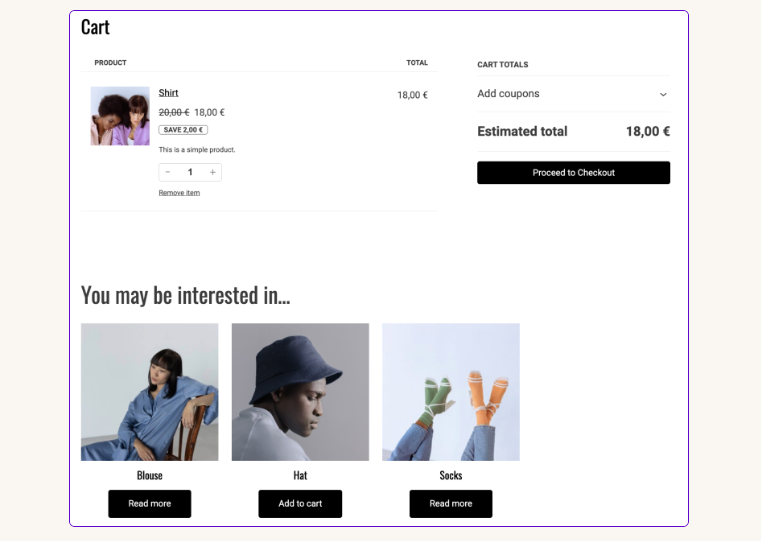
The legacy Cart Cross Sells block is being replaced by the Product Collection block’s Cross Sells collection. Existing stores will continue to work but the old block is hidden from new insertions. A Transform option will let store owners switch current blocks to the new Cross Sells experience.
Why it matters
If you maintain plugins or themes that integrate with Cart Cross Sells update those references. The new collection offers more display control so take advantage of its configuration options when rebuilding cross sell templates.
4.New taxonomy filter blocks powered by the Interactivity API
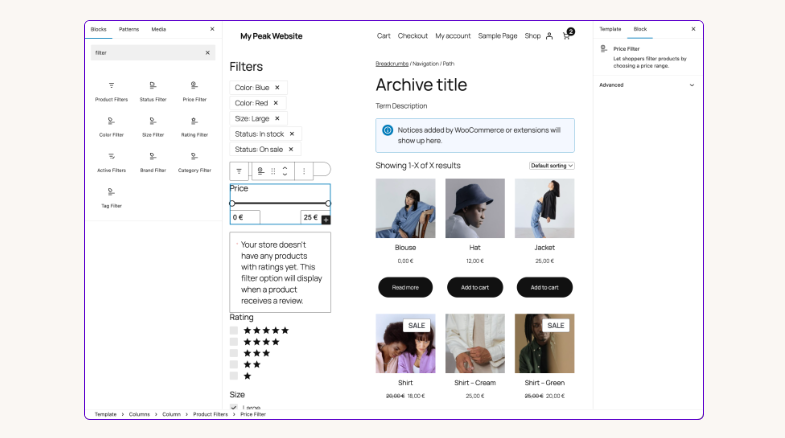
Category Brand and Tag filters join price and attribute filters. These blocks let buyers combine multiple filter types for precise catalog browsing and they tie into the Interactivity API for smooth interactions.
Why it matters
Filter UX will feel more powerful and modular. Developers should verify that custom taxonomies and filter integrations behave as expected and update AJAX or REST interactions if needed.
5.Template Registration API adoption for block templates
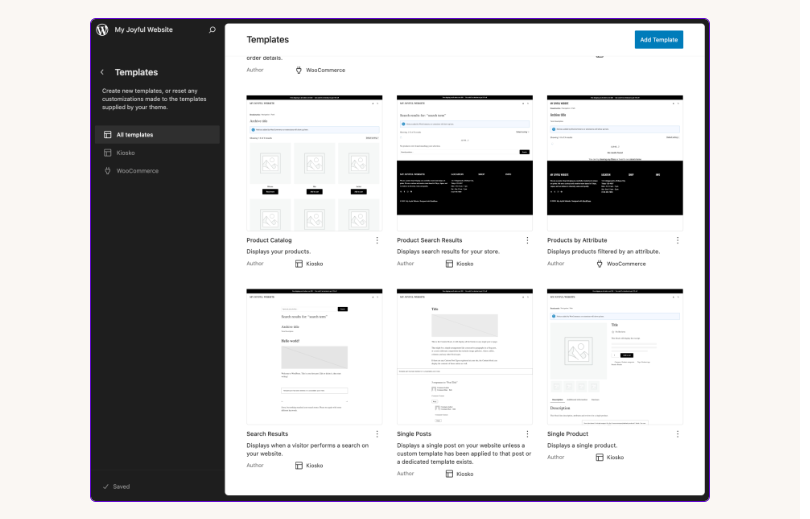
WooCommerce 10.2 moves product related templates onto WordPress’s new Template Registration API. Product templates appear directly in the Add Template menu and template behavior becomes more consistent across themes.
Why it matters
This change simplifies template discovery and reduces odd template switching behavior. Extension authors should review template registration code and test template switching to ensure custom templates continue to load correctly.
6. Analytics fixes and CSV export improvements
Reports now correctly reflect full refunds across revenue and order views. Performance of Products report is improved for results that include deleted products and CSV exports no longer duplicate rows when page size exceeds 50.
Why it matters
Reporting accuracy is crucial for store accounting and analytics. Developers who pull report data or build custom exports should validate results against refunded orders and test CSV outputs.
7. Mobile friendly onboarding and experimental Product Gallery improvements
Onboarding has been optimized for mobile and tablet so new stores have a smoother setup experience. The Product Gallery beta now allows aspect ratio control for single product images so developers and designers can create cleaner product pages.
Why it matters
Mobile first onboarding lowers the barrier for store owners setting up on phones and tablets. The gallery aspect ratio option gives designers more layout flexibility but you should test image cropping and layout CSS across devices.
What WooCommerce developers should do now
- Set up a staging environment running WooCommerce 10.2 release candidate and test your theme and plugins end to end.
- Focus testing on Cart flows cross sell collections template loading and filter behavior.
- Check analytics outputs and CSV exports to confirm reporting correctness.
- Update any code that references the old Cart Cross Sells block and plan migrations to the Product Collection Cross Sells.
- Communicate to clients whether you will support the new carousel and gallery options and schedule any visual polish work.
Final thoughts
WooCommerce 10.2 is a major release that improves performance user experience and template handling. It adds tools that speed prototyping and enhances the catalog browsing experience. For developers the work is mostly testing and mild migration rather than large rewrites. Plan your staging checks update integrations and use the release as an opportunity to tidy template and block code. This will keep stores fast stable and ready for the holiday selling season.

